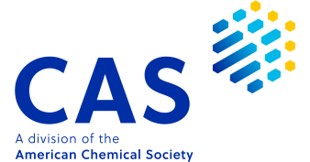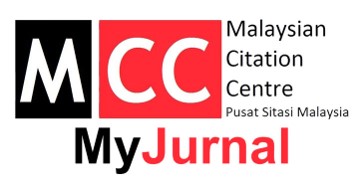Peer Review Policy
Double-Blind Peer Review
A double-blind peer review technique is used by the journal, an anonymous peer review system in which the identity of the manuscript's author(s) is kept hidden from the reviewers. Before a manuscript is given to a reviewer, details that could reveal to a reviewer of author(s)'s identity in the manuscript would be erased. When sending the reviewers' comments to the author(s), the reviewers' identities are likewise hidden from the author(s).
Because it limits possible bias from either the selected reviewers or the authors, the journal deems the double-blind peer system a more effective review system.
The Peer Review Process
The editorial office is where the first stage of the review process takes place. Before being forwarded to external reviewers, the submitted manuscript is examined to confirm that it fits the journal's minimum requirements. The manuscript is checked for the following matters:
- Scope: The article content is reviewed to confirm that it is within the scope of the journal.
- Plagiarism: The journal employs the Turnitin plagiarism detection system. At this stage, manuscripts with significant similarities to other works (including the author(s) previous works) are grounds for rejection. Additionally, in instances where substantial portions of the manuscript have textual overlap with previously published works by the authors (for example, in conference proceedings), the corresponding author should declare this in the manuscript. The Chief Editor of the journal reserves the right to evaluate and decide on each case. Upon completion of the evaluation, the similarity report is given to the author(s) with the decision to reject or resubmit the article.
- Recent references: A significant percentage of citations should come from the last five years.
- English Language: The journal publishes full-text papers in English.
Manuscripts are scrutinised for structure, organisation, correctness, and clarity of language and compliance with the Author Guidelines of the journal. Typographical, grammatical, content clarity and format compliance of manuscripts are the author's responsibility(s). Manuscripts not meeting these conditions will be returned to the authors.
When a manuscript has passed the editorial office review process, it is subjected to a double-blind review system. At least two external reviewers are chosen from the journal database, the journal's editorial board, or other sources. These reviewers are subject matter experts in the field. Invitations to review are sent to the reviewers with attached abstracts. After a written agreement is sought from reviewers, the complete text of the manuscript is delivered to them after the author's identity has been hidden.
Reviewers are expected to assess the manuscripts and provide helpful feedback so that the author(s) can improve the quality of the manuscript. The manuscript is also judged on its originality, contribution, technical excellence, presentation clarity, and research depth. Finally, reviewers provide one of the following recommendations:
- Requires minor corrections
- Requires major revisions
- In this case, the reviewer provides the specific reason(s) why the manuscript is not further processed.
The final decision on each manuscript lies with the Chief Editor of the journal after carefully considering the reviewers’ comments. Throughout the review process, the anonymity of authors and reviewers are observed to preserve the double-blind review system.
Upon receipt of the Chief Editor’s decision and reviewers’ comments, the authors should make the required revision(s) and include a Response-To-Reviewers table. These documents will allow the Chief Editor to make one of the following decisions:
- Accept “as is”
- Accept with minor corrections
- Requires major corrections
- Resend for a new round of review
- Reject
Manuscripts that have been accepted "as is" will be published. Manuscripts requiring minor or major revisions are returned to the author(s) to implement the editor's suggestions. Upon resubmission, the Chief Editor re-examines the manuscripts before accepting them for publication. The Chief Editor may require authors to make additional corrections in some cases. In contrast, in others, the Chief Editor may request that the revised manuscripts with (or without) the further modifications be sent to a specific reviewer who has previously reviewed the manuscript before it is accepted for publication.







